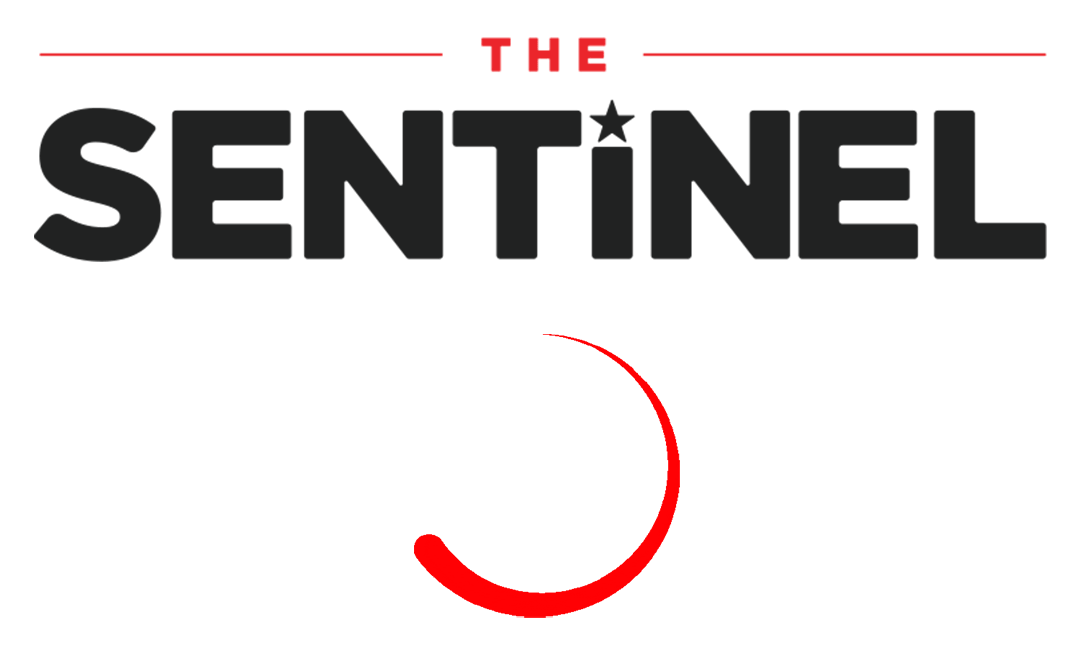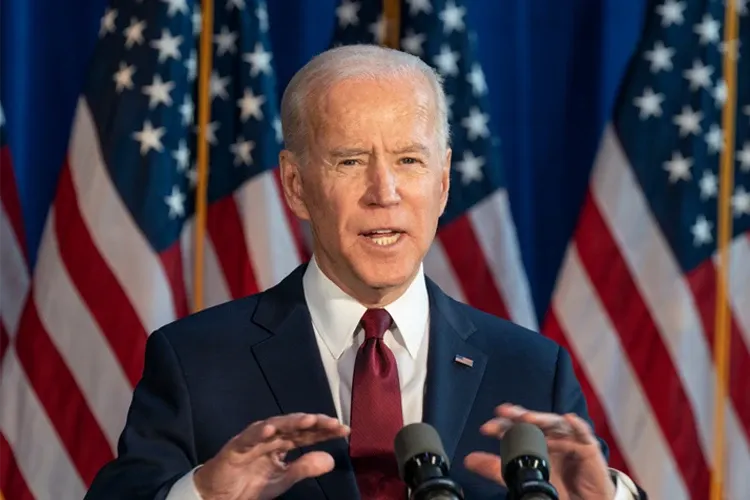President Joe Biden lauded his policy agenda as the cause for a slight decrease in headline inflation, even as several product categories still witness elevated prices and inflation rates more than double the levels seen at his inauguration more than two years ago.
The consumer price index rose 4.0% between May 2022 and May 2023, according to data released on Tuesday by the Labor Department, indicating a moderate reprieve from the 4.9% rise in price levels recorded between April 2022 and April 2023. Inflation rose 5.3% in categories outside of food and energy, both of which tend to be more volatile, with elevated costs for shelter and food driving much of the increase.
Biden commented in a statement released by the White House that the new inflation report is “good news for hard working families” and indicates “continued progress tackling inflation at the same time that unemployment remains at historic lows.” He credited his administration’s legislative regime with inducing the somewhat lower inflation reading.
“While there is more work to do, the plan that I laid out a year ago to bring down the cost of living and sustain stable and steady growth is working. We have taken action to bring down the cost of gas at the pump, prescription drugs, and health insurance premiums,” the statement said. “We are just getting started. My Investing in America agenda is rebuilding our infrastructure, manufacturing, and supply chains here at home, and creating good-paying jobs.”
Biden assumed office at the start of January 2021, when inflation rates were charted at 1.4%, according to data from the Bureau of Labor Statistics. Current inflation rates are therefore nearly three times higher than those at the beginning of his administration, a reality which the statement from the White House did not acknowledge.
Inflation levels were especially elevated last year, reaching rates as high as 9.1% in June 2022, which marked the largest year-over-year increase since November 1981, according to data from the Bureau of Labor Statistics. The statement from Biden contended that the Russian invasion of Ukraine was responsible for the elevated prices last summer, a phenomenon that the White House formerly called “Putin’s Price Hike” despite the fact that price levels had already been rapidly increasing in the year before the conflict started.
Inflation denotes increased nominal prices for goods and services in the economy, which reduces purchasing power for households and businesses unless there exists a corresponding hike in wages. Rising price levels have surpassed nominally higher pay rates under the Biden administration, compelling economic actors to tighten their budgets.
Biden added on social media that “wages are up over the past year, after accounting for inflation.” Real earnings have nevertheless fallen some 2.7% between the first quarter of 2021 and the first quarter of 2023, according to more data from the Bureau of Labor Statistics.
The statement from Biden cited an agreement between Republicans and Democrats to increase the debt ceiling and institute certain spending limits, a deal which both conservative and moderate Republicans asserted would instead normalize pandemic-era spending levels. Biden said that the measure would reduce deficits by “nearly $1 trillion over the next decade,” even though a recent report from the Congressional Budget Office found that some $20 trillion in spending reductions over the next decade would be necessary to balance the budget.




